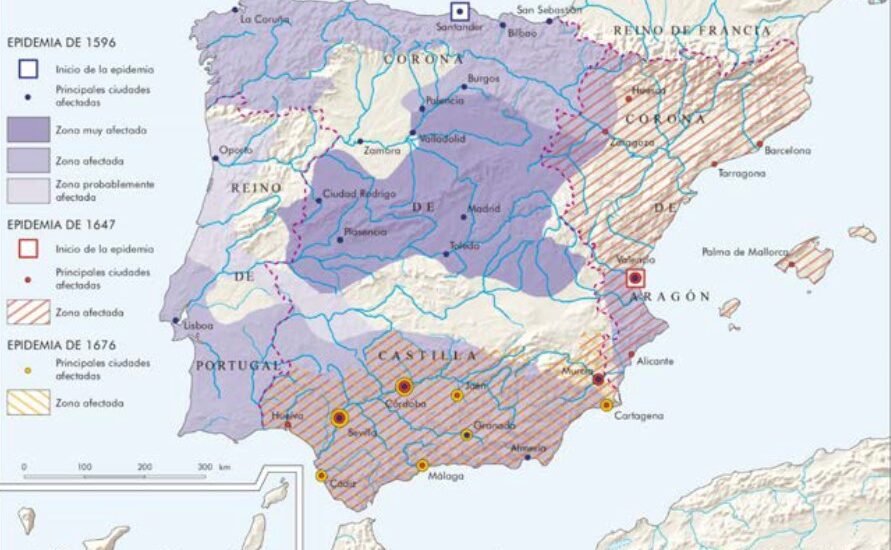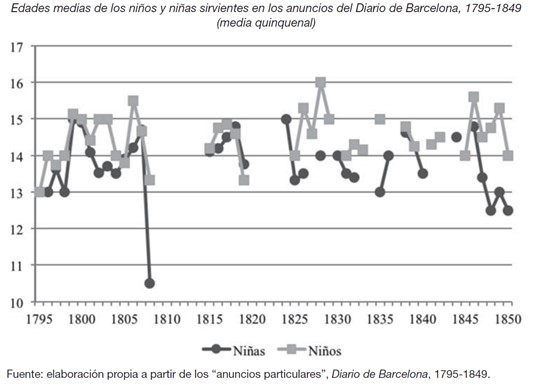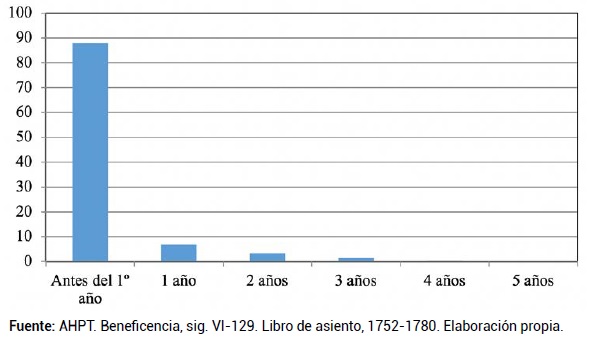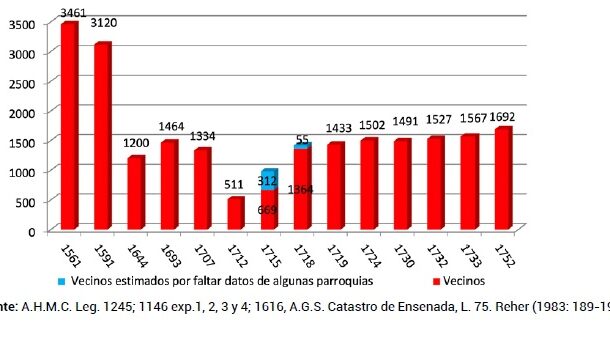
The behaviour of the mortality of foundlings in Tenerife was conditioned by the passing of the seasons, as during the harshest months of the year, in winter and summer, temperatures reached their extremes on the island and a higher mortality of abandoned children was recorded. Accordingly, in January there was an increase in the number of deaths due to respiratory illnesses (colds and flus), aggravated by the poor condition in which the children arrived at the centre after their journey. In spring, on the other hand, there was a slight decrease in mortality, favoured by the improvement in temperatures where conditions between abandonment and transfer to the crèche were more favourable. However, particularly in July, the number of deaths increased due to infectious diseases and the harshness of the conditions in which remission took place. After the summer heat, in autumn and at the beginning of winter, the number of deaths stabilised. At this level, and in relation to the particularities of the island’s economic and social life, parallels can be found with the situation experienced in Salamanca, London and Florence.
Collection: Graphics
Project: 3. Rural world and urban world in the formation of the European identity., 4. Family, daily life and social inequality in Europe.
Chronology: XVIII
Scope: Secondary Education, Baccalaureate, University
Link: https://adeh.org/wp-content/uploads/2020/12/RDH-JIPS-2020-n2_Paula-Barbero.pdf
Resource type: Graph
Format: Line chart
Source: Barbero, Paula, «Análisis de la mortalidad de los niños expósitos en Tenerife (siglos XVIII–XIX)», Revista de Demografía Histórica, vol. 38, nº2, 2020, pp. 7–34.
Language: Spanish
Date: 2020
Owner: Álvaro Romero González (Modernalia)
Copyright: ©Paula Barbero, ©Revista de Demografía Histórica
Abstract: Analysis of the seasonality of the death of foundlings in Tenerife during the second half of the 18th century
Image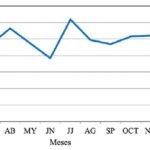
Tags


